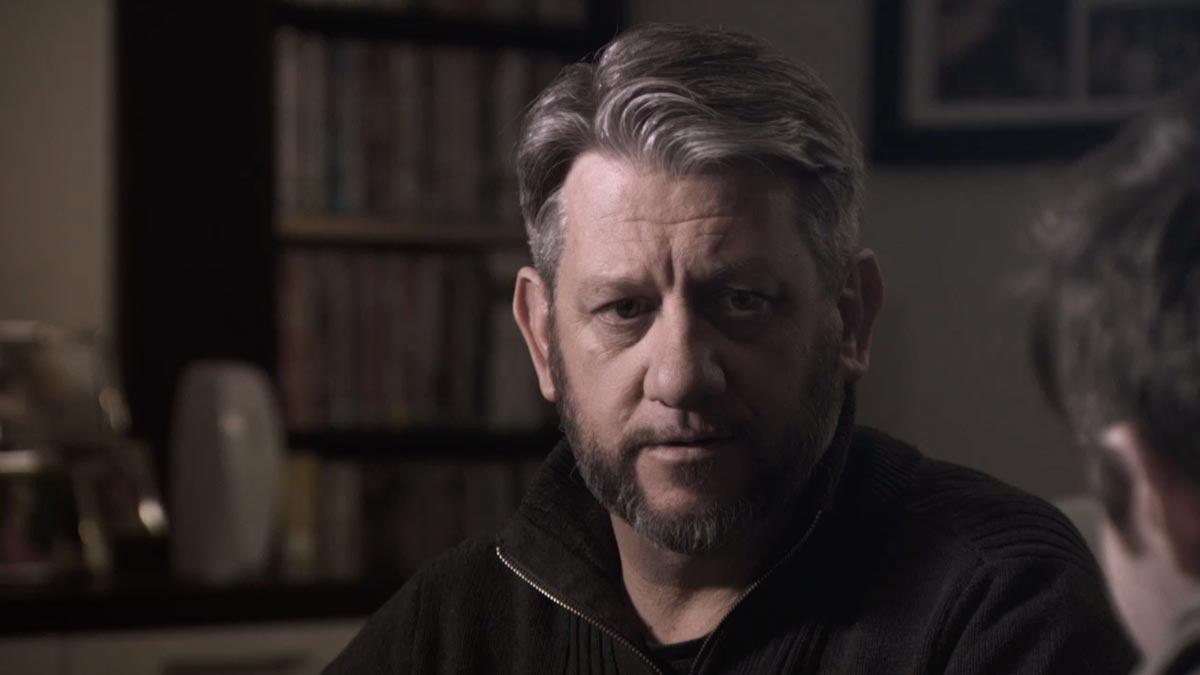Treating anxiety
Around one in five Australians experience an anxiety disorder at some point in their lives (McEvoy, Grove, & Slade, 2011).
About anxiety disorders
Anxiety and agitation can arise as secondary to other disorders, including depression and substance intoxication and withdrawal, so those potential primary diagnoses should also be considered when assessing veterans.
There are a number of different anxiety disorders, with the most common experienced among veterans being:
- Panic attacks (17%)
- Agoraphobia (12%)
- Social anxiety (11% )
- Generalised anxiety disorder (4%)
The causes, symptoms, duration and impact of these disorders on everyday life vary greatly, and each disorder is discussed in more detail below, along with information on referral options and resources.
-

Treating panic disorder and agoraphobia
A panic attack is characterised by a sudden surge of intense fear or discomfort. Agoraphobia involves marked fear or anxiety about situations where escape might be difficult. -

Treating social anxiety
People with social anxiety fear any social or performance situations in which they may be scrutinised or negatively evaluated by other people -

Treating generalised anxiety disorder
The essential feature of GAD is excessive and persistent anxiety and worry about a number of different life domains, such as family, health, finances, and work difficulties.





